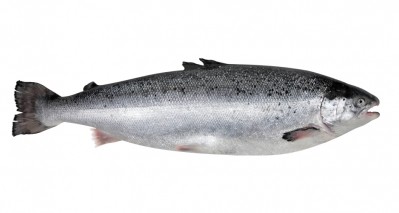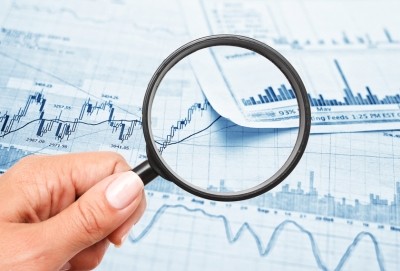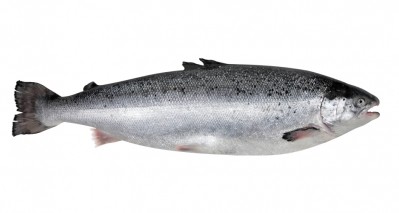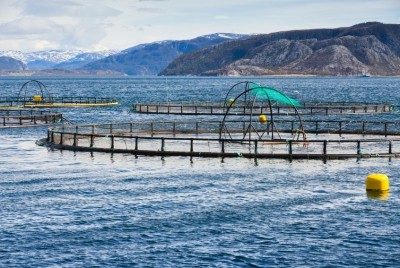Marine Harvest to explore boosting feed capacity beyond Norway
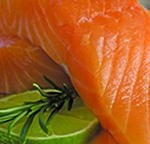
The world’s largest salmon farmer said it is nearing the end of the construction phase of its 200,000 metric tons (MT) feed facility in Bjugn, which will cover “about 60 percent of our total Norwegian requirement in 2015.”
The company told FeedNavigator.com today that it will seek to develop its feed business. “We are evaluating expansion in Norway and in other regions,” said CEO Alf-Helge Aarskog.
Marine Harvest has farms in Norway, Chile, Canada, the UK and a small production site in the Faroe Islands.
ABN Amro's analyst, Maarten Bakker, told this publication that while it makes sense for the salmon company to explore setting up feed factories elsewhere, financially it might not be as profitable as in the Norwegian market for Marine Harvest.
“Establishing feed plants in smaller farming regions like the UK, Faroe Islands and Canada might not be that viable considering the smaller production scales involved,” said the analyst.
Aarskog said that production of feed by Marine Harvest “gives us control over the whole value chain and makes it easier to secure top quality throughout the process.”
Feed accounts for a significant portion - approximately 50 per cent - of Marine Harvest’s total production costs.
Risky business
In a company prospectus from October 2013, the salmon producer notes how an increase in feed prices could have a major impact on the group’s profitability.
“The feed industry is characterized by large, global suppliers operating under cost plus contracts, and feed prices are accordingly directly linked to the global markets for fishmeal, vegetable meal, animal proteins and fish/vegetable/animal oils which are the main ingredients in fish feed.
Increases in the prices of these raw materials will accordingly result in an increase in feed prices. Marine Harvest may not be able to pass on increased feed costs to its customers. Due to the long production cycle for farmed salmon, there may be a significant time lag between changes in feed prices and corresponding changes in the prices of farmed salmon and finished products to customers.
As the main feed suppliers normally enter into fixed contracts and adapt their production volumes to prevailing supply commitments, there is limited excess of fish feed available in the market.
If one or more of Marine Harvest’s feed contracts were to be terminated on short notice prior to their respective expiration dates, the group may not be able to find alternative suppliers in the market. Shortage in feed supply may lead to starving fish, accelerated harvesting, loss of biomass and reduced income.”
Fish oil cleaning process
The fish feed produced at the Bjugn facility will be similar to standard salmon feed, said the company, but it added that its control over the manufacture of the inputs enables it to “more rapidly adapt formulations.”
Marine Harvest announced, last week, that it had entered into an agreement with FF Skagen to clean all relevant fish oil used for its salmon farming. It said that cleaning the fish oils removes environmental pollutants and should make intake limitations for salmon redundant.
This cleaning process is not currently being carried out in production of salmon feed and will be a differentiator for the company, it said.
“This is a major step in the strategy of Marine Harvest becoming a fully integrated protein producer, able to follow and control all ingredients from our fish feed to the consumer’s plate,” said Aarskog.
Salmon feed landscape changed
Salmon feed output in Norway, in 2013, reach 1.6 million metric tons.
ABN Amro’s Bakker, looking at growth averages per year for salmon production in Norway, reckons that it will take two years to clear the overcapacity generated by the addition of Marine Harvest’s 200,000 MT of salmon feed onto the market.
The landscape has changed with the entry of Marine Harvest into the feed game, he said, with consequent pressure on price margins.
Dutch animal feed group, Nutreco, whose fish feed company Skretting was previously Marine’s Harvest biggest supplier, has restructured its business to compensate.
Bakker said Nutreco is now diversifying through expansion into other fish feed markets and, in tandem, is more aggressive on pricing.
The Dutch company acquired shrimp feed producer Gisis in Ecuador and Hendrix Misr in Egypt in 2013.
